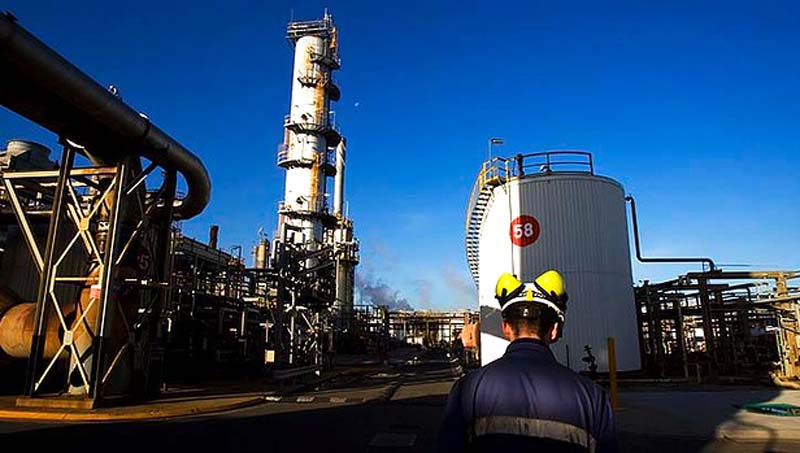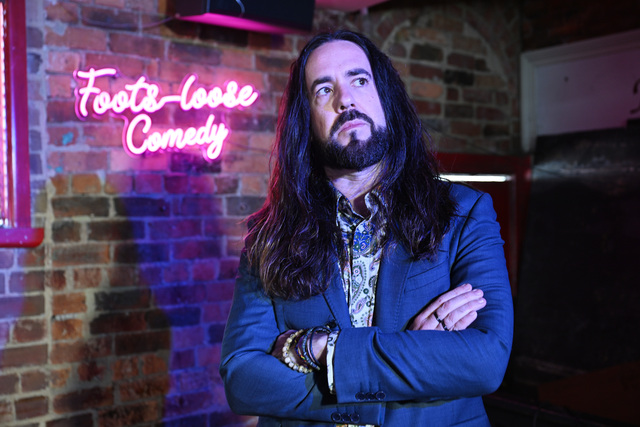ExxonMobil has vowed to continue refining petrol on Australian shores, bucking the trend of big foreign corporations exiting the downstream side of the local petroleum industry.
In some of his first public comments since taking on the role of chairman of the Australian arm of the global energy giant, Richard Owen said recent refinery closures by Shell and Caltex could open new opportunities for Exxon’s 65-year-old Altona refinery in Melbourne.
”We have no plans other than to continue operating at Altona. We have spent about $300 million at Altona over the past four or five years,” he said.
”We see it having value. There are other refineries that have been closed down and that may create more opportunities for Altona. We need to keep on working the supply chain and working all the economics to keep it as a viable business.”
The comments will be welcomed by the nation’s struggling manufacturing sector, which faces the loss of car producers Ford and Holden, while a cloud remains over Alcoa’s Point Henry aluminium smelter.
Exxon, which at $US415 billion ($473 billion) ranks behind only the Chinese government’s CNOOC as the world’s largest oil and gas company, has exposure to all stages of the Australian industry, from offshore production through to refineries and petrol distribution.
The company has recently decided to return its Mobil brand to the Australian petrol stations run by 7-Eleven, in a counter-cyclical move that was viewed as a bid to cash in on the growing consumer preference for premium fuels.
Mr Owen said premium fuels were only part of the motivation, and the return of the Mobil brand would help ensure the future of the entire downstream division in Australia.
”It now makes sense for us to use our brand and to have a presence in the marketplace. It’s an important market for us to be in and to supply fuel into – part of it is around premium fuels and part of it is about having a refinery here,” he said. ”That shows that we are committed to the downstream side of the business here.”
Mr Owen has taken charge of the local division at a time when oil and gas companies increasingly believe it is too expensive to develop large new production projects in Australian waters.
He also arrives at a time when the company’s original Australian business – the Bass Strait oil and gas province – is increasingly important amid expectations that domestic gas prices will soon double on the eastern seaboard.
Sceptics believe there is significantly more gas in Bass Strait than forecasts suggest, and sources believe the gas is located at deeper levels than Exxon’s joint venture with BHP Billiton is currently working.
Mr Owen confirmed there was ”potential in the deeper horizons” of Bass Strait, but he warned that such gas would be more expensive to produce, particularly given the trend for deep gas in the province to be contaminated with mercury and high levels of carbon dioxide.
In a reference to the $US1 billion that Exxon and BHP are spending on a mercury filtration plant for Bass Strait, Mr Owen said the immediate focus would be to find cheaper ways to extract gas and to find clean supplies from Bass Strait.
”There is more gas potential there, but it requires exploration, assessment and further investment, so it’s like every project: we have to understand the resource risk as well as the market risk in terms of how much it might cost to develop, and the numbers, in the end, have to stack up,” he said.
Exxon also has a small, early-stage investment in Victorian coal seam gas, and Mr Owen said the company would continue to explore and evaluate its acreage, despite the Victorian government extending its ban on unconventional oil and gas production.







